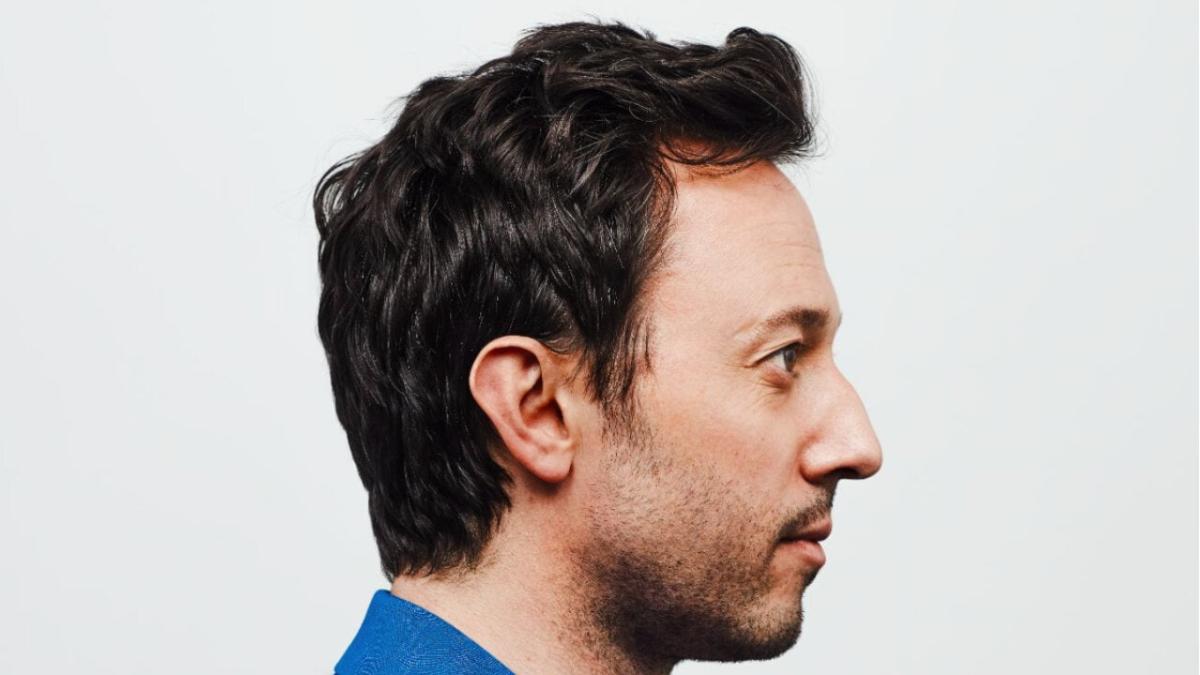Jump Crypto is an unnamed firm that made $1.28 billion from Do Kwon’s Doomed Terra Ecosystem: Sources
When US regulators sued Do Kwon and Terraform Labs this week over the spectacular implosion of the terraUSD (UST) stablecoin and its associated LUNA token, a big question was left unanswered: Who was the trading partner that booked $1.28 billion in profits before Terra’s ecosystem on 40 billion dollars. crumbled?
According to people familiar with the matter, it was Chicago-based Jump Crypto, a company whose parent has deep roots in conventional finance and has become a giant in digital assets.
A spokesperson for Jump Crypto said the company had no comment. The news was first reported by The Block.
The US Securities and Exchange Commission (SEC) complaint this week accused Kwon and Terraform of committing securities fraud and selling unregistered securities that harmed US individuals and institutional investors. The complaint makes reference to an unnamed US trading firm that had an exclusive marketing arrangement with Terraform Labs, the developer of the UST stablecoin. The anonymous firm was not accused of wrongdoing.
That company — which CoinDesk’s sources identified as Jump Crypto — was able to buy deeply discounted luna tokens, the assets that backed the UST. The firm spent just $62 million to keep UST’s price close to $1 in May 2021, according to the SEC complaint, but made $1.28 billion by selling off discounted tokens it had bought under the terms of the deal with Terraform Labs.
Jump Crypto was active in the Terra ecosystem, frequently publishing governance proposals and investing heavily in the project, including building a Terra cross-chain bridge and leading a $1 billion fundraising to start Luna Foundation Guard. Jump Crypto president Kanav Kariya also served on the board of Luna Foundation Guard, which managed Terra’s multi-billion dollar bitcoin reserve. The reserves were depleted in May 2022 in a failed attempt to restore UST’s dollar peg and were also transferred to a Swiss bank account controlled by Kwon, according to the SEC complaint.
Terraform Labs said UST, Terra’s ill-fated “decentralized” stablecoin, would remain pegged to the $1 price solely as a result of a state-of-the-art “algorithm.” This algorithm – which was codified in blockchain-based computer code called smart contracts – would print and burn luna, UST’s speculative sister token, to serve as a kind of shock absorber for UST’s price.
However, the SEC claims that Terra’s stablecoin ecosystem relied on human-driven market-making operations — rather than autonomous bits of computer code — to stay afloat.
According to the SEC, Terraform Labs recruited an unnamed “third-party” trading firm — Jump Crypto, according to CoinDesk’s sources — to serve as a market maker for the token ecosystem. Under the terms of the deal, the SEC said, there were instances where the trading firm was able to buy luna for as little as 40 cents while it was trading at $90 on the open market.
When the UST stablecoin briefly faltered a few cents from its $1 peg in May 2021, Terraform framed its eventual recovery as proof of the algorithm’s success. But according to the SEC, the stablecoin was only able to recover as a result of the third party, which stepped in to covertly buy up Terra’s tokens to stop the market sell-off.
The SEC says Terra changed its market-making agreements with the firm after this sell-off event, removing the prerequisites it needed to satisfy in order to buy up discounted tokens.


